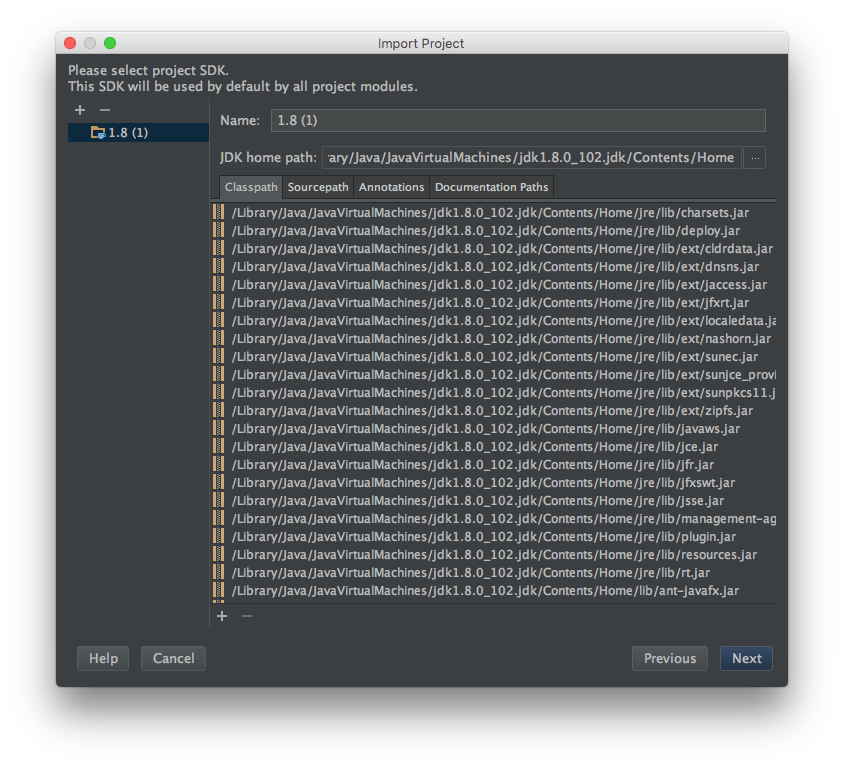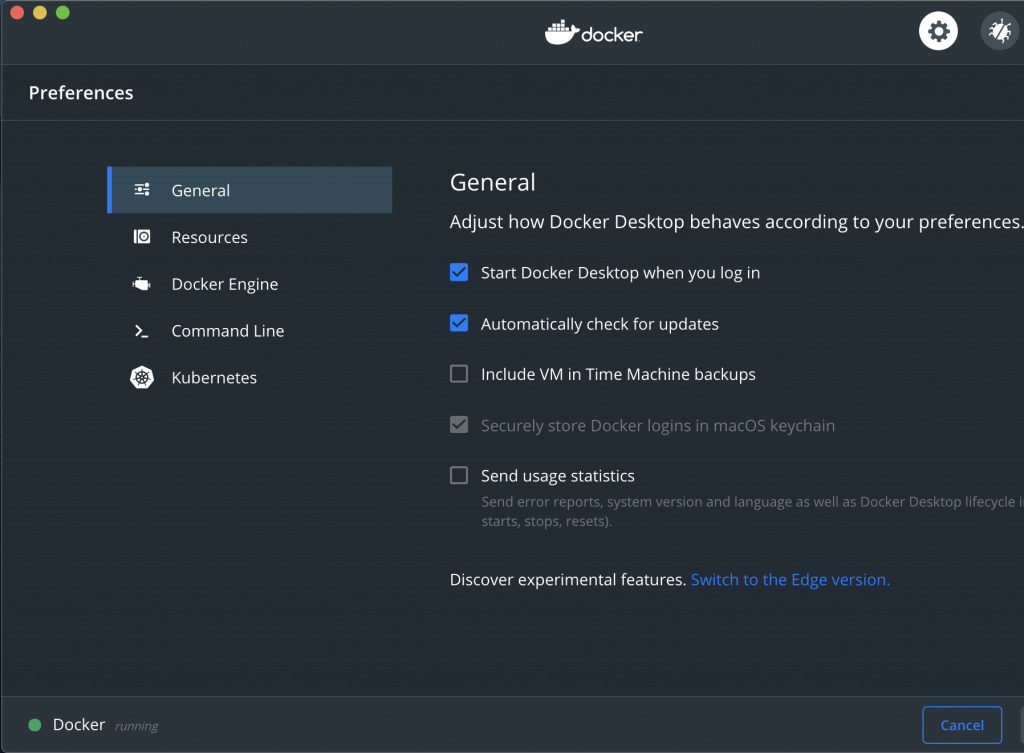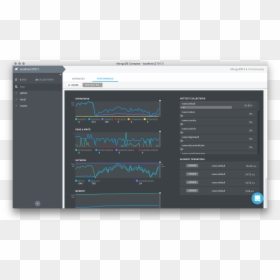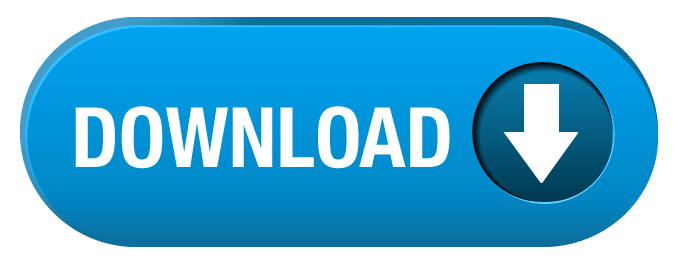Rclone is a Go program and comes as a single binary file.
OSX Serial Generator. Generate macOS valid serials, uuids, and board serials for good-faith security research. This project provides two tools for generating serial numbers for Hackintosh, OpenCore, Docker-OSX and OSX-KVM. Install GitLab Runner on macOS. GitLab Runner can be installed and updated on macOS. There are two methods for installing GitLab Runner on macOS: Manual installation. This method is officially supported and recommended by GitLab. Homebrew installation. Install with Homebrew as an alternative to manual installation.
Quickstart
- Download the relevant binary.
- Extract the
rcloneorrclone.exebinary from the archive - Run
rclone configto setup. See rclone config docs for more details.

See below for some expanded Linux / macOS instructions.
See the Usage section of the docs for how to use rclone, orrun rclone -h.
Script installation
To install rclone on Linux/macOS/BSD systems, run:
For beta installation, run:
Note that this script checks the version of rclone installed first andwon't re-download if not needed.
Linux installation from precompiled binary
Fetch and unpack
Copy binary file
Install manpage
Run rclone config to setup. See rclone config docs for more details.
macOS installation with brew
macOS installation from precompiled binary, using curl
To avoid problems with macOS gatekeeper enforcing the binary to be signed andnotarized it is enough to download with curl.
Download the latest version of rclone.
Unzip the download and cd to the extracted folder.
Move rclone to your $PATH. You will be prompted for your password.
(the mkdir command is safe to run, even if the directory already exists).
Remove the leftover files.
Run rclone config to setup. See rclone config docs for more details.
macOS installation from precompiled binary, using a web browser
When downloading a binary with a web browser, the browser will set the macOSgatekeeper quarantine attribute. Starting from Catalina, when attempting to runrclone, a pop-up will appear saying:
The simplest fix is to run
Install with docker
The rclone maintains a docker image for rclone.These images are autobuilt by docker hub from the rclone source basedon a minimal Alpine linux image.
The :latest tag will always point to the latest stable release. Youcan use the :beta tag to get the latest build from master. You canalso use version tags, e.g. :1.49.1, :1.49 or :1.
There are a few command line options to consider when starting an rclone Docker containerfrom the rclone image.
You need to mount the host rclone config dir at
/config/rcloneinto the Dockercontainer. Due to the fact that rclone updates tokens inside its config file, and thatthe update process involves a file rename, you need to mount the whole host rcloneconfig dir, not just the single host rclone config file.You need to mount a host data dir at
/datainto the Docker container.Sopcast 64 bit mac download. By default, the rclone binary inside a Docker container runs with UID=0 (root).As a result, all files created in a run will have UID=0. If your config and data filesreside on the host with a non-root UID:GID, you need to pass these on the containerstart command line.
If you want to access the RC interface (either via the API or the Web UI), it isrequired to set the
--rc-addrto:5572in order to connect to it from outsidethe container. An explanation about why this is necessary is present here.- NOTE: Users running this container with the docker network set to
hostshouldprobably set it to listen to localhost only, with127.0.0.1:5572as the value for--rc-addr
- NOTE: Users running this container with the docker network set to
It is possible to use
rclone mountinside a userspace Docker container, and exposethe resulting fuse mount to the host. The exactdocker runoptions to do that mightvary slightly between hosts. See, e.g. the discussion in thisthread.You also need to mount the host
/etc/passwdand/etc/groupInstall mac os el capitan from usb in windows. for fuse to work insidethe container.
Here are some commands tested on an Ubuntu 18.04.3 host:
Install from source
Make sure you have at least Go 1.12installed. Download go if necessary. Thelatest release is recommended. Then
This will leave you a checked out version of rclone you can modify andsend pull requests with. If you use make instead of go build thenthe rclone build will have the correct version information in it.
You can also build the latest stable rclone with:
or the latest version (equivalent to the beta) with
These will build the binary in $(go env GOPATH)/bin(~/go/bin/rclone by default) after downloading the source to the gomodule cache. Note - do not use the -u flag here. This causes goto try to update the dependencies that rclone uses and sometimes thesedon't work with the current version of rclone.
Installation with Ansible
This can be done with Stefan Weichinger's ansiblerole.

Instructions
git clone https://github.com/stefangweichinger/ansible-rclone.gitinto your local roles-directory- add the role to the hosts you want rclone installed to:
Estimated reading time: 14 minutes
Welcome to Docker Desktop! The Docker Desktop for Mac user manual provides information on how to configure and manage your Docker Desktop settings.
For information about Docker Desktop download, system requirements, and installation instructions, see Install Docker Desktop.
Preferences
The Docker Preferences menu allows you to configure your Docker settings such as installation, updates, version channels, Docker Hub login,and more.
Choose the Docker menu > Preferences from themenu bar and configure the runtime options described below.
General
On the General tab, you can configure when to start and update Docker:
Start Docker Desktop when you log in: Automatically starts Docker Desktop when you open your session.
Include VM in Time Machine backups: Select this option to back up the Docker Desktop virtual machine. This option is disabled by default.
Securely store Docker logins in macOS keychain: Docker Desktop stores your Docker login credentials in macOS keychain by default.
Send usage statistics: Docker Desktop sends diagnostics, crash reports, and usage data. This information helps Docker improve and troubleshoot the application. Clear the check box to opt out.
Resources
The Resources tab allows you to configure CPU, memory, disk, proxies, network, and other resources.
Advanced
On the Advanced tab, you can limit resources available to Docker.
Advanced settings are:
CPUs: By default, Docker Desktop is set to use half the number of processorsavailable on the host machine. To increase processing power, set this to ahigher number; to decrease, lower the number.
Memory: By default, Docker Desktop is set to use 2 GB runtime memory,allocated from the total available memory on your Mac. To increase the RAM, set this to a higher number. To decrease it, lower the number.
Swap: Configure swap file size as needed. The default is 1 GB.
Disk image size: Specify the size of the disk image.
Disk image location: Specify the location of the Linux volume where containers and images are stored.
You can also move the disk image to a different location. If you attempt to move a disk image to a location that already has one, you get a prompt asking if you want to use the existing image or replace it.
File sharing
Use File sharing to allow local directories on the Mac to be shared with Linux containers.This is especially useful forediting source code in an IDE on the host while running and testing the code in a container.By default the /Users, /Volume, /private, /tmp and /var/folders directory are shared. If your project is outside this directory then it must be addedto the list. Otherwise you may get Mounts denied or cannot start service errors at runtime.
File share settings are:
Add a Directory: Click
+and navigate to the directory you want to add.Apply & Restart makes the directory available to containers using Docker’sbind mount (
-v) feature.
Tips on shared folders, permissions, and volume mounts
Share only the directories that you need with the container. File sharing introduces overhead as any changes to the files on the host need to be notified to the Linux VM. Sharing too many files can lead to high CPU load and slow filesystem performance.
Shared folders are designed to allow application code to be edited on the host while being executed in containers. For non-code items such as cache directories or databases, the performance will be much better if they are stored in the Linux VM, using a data volume (named volume) or data container.
If you share the whole of your home directory into a container, MacOS may prompt you to give Docker access to personal areas of your home directory such as your Reminders or Downloads.
By default, Mac file systems are case-insensitive while Linux is case-sensitive. On Linux, it is possible to create 2 separate files:
testandTest, while on Mac these filenames would actually refer to the same underlying file. This can lead to problems where an app works correctly on a Mac (where the file contents are shared) but fails when run in Linux in production (where the file contents are distinct). To avoid this, Docker Desktop insists that all shared files are accessed as their original case. Therefore, if a file is created calledtest, it must be opened astest. Attempts to openTestwill fail with the errorNo such file or directory. Similarly, once a file calledtestis created, attempts to create a second file calledTestwill fail. For more information, see Volume mounting requires file sharing for any project directories outside of/Users.)
Proxies
Docker Desktop detects HTTP/HTTPS Proxy Settings from macOS and automaticallypropagates these to Docker. For example, if you set yourproxy settings to http://proxy.example.com, Docker uses this proxy whenpulling containers.
Your proxy settings, however, will not be propagated into the containers you start.If you wish to set the proxy settings for your containers, you need to defineenvironment variables for them, just like you would do on Linux, for example:
For more information on setting environment variables for running containers,see Set environment variables.
Network
You can configure Docker Desktop networking to work on a virtual private network (VPN). Specify a network address translation (NAT) prefix and subnet mask to enable Internet connectivity.
Docker Engine
The Docker Engine page allows you to configure the Docker daemon to determine how your containers run.
Type a JSON configuration file in the box to configure the daemon settings. For a full list of options, see the Docker Enginedockerd commandline reference.
Click Apply & Restart to save your settings and restart Docker Desktop.
Command Line
On the Command Line page, you can specify whether or not to enable experimental features.
Experimental features provide early access to future product functionality.These features are intended for testing and feedback only as they may changebetween releases without warning or can be removed entirely from a futurerelease. Experimental features must not be used in production environments.Docker does not offer support for experimental features.
For a list of current experimental features in the Docker CLI, see Docker CLI Experimental features.
You can toggle the experimental features on and off in Docker Desktop. If you toggle the experimental features off, Docker Desktop uses the current generally available release of Docker Engine.
You can see whether you are running experimental mode at the command line. IfExperimental is true, then Docker is running in experimental mode, as shownhere. (If false, Experimental mode is off.)
Kubernetes
Macos Install Docker Terminal
Docker Desktop includes a standalone Kubernetes server that runs on your Mac, sothat you can test deploying your Docker workloads on Kubernetes. To enable Kubernetes support and install a standalone instance of Kubernetes running as a Docker container, select Enable Kubernetes.
For more information about using the Kubernetes integration with Docker Desktop, see Deploy on Kubernetes.
Reset
Reset and Restart options
On Docker Desktop Mac, the Restart Docker Desktop, Reset to factory defaults, and other reset options are available from the Troubleshoot menu.
For information about the reset options, see Logs and Troubleshooting.
Dashboard
The Docker Desktop Dashboard enables you to interact with containers and applications and manage the lifecycle of your applications directly from your machine. The Dashboard UI shows all running, stopped, and started containers with their state. It provides an intuitive interface to perform common actions to inspect and manage containers and existing Docker Compose applications. For more information, see Docker Desktop Dashboard.
Mac Install Docker Toolbox
Add TLS certificates
You can add trusted Certificate Authorities (CAs) (used to verify registryserver certificates) and client certificates (used to authenticate toregistries) to your Docker daemon.
Add custom CA certificates (server side)
All trusted CAs (root or intermediate) are supported. Docker Desktop creates acertificate bundle of all user-trusted CAs based on the Mac Keychain, andappends it to Moby trusted certificates. So if an enterprise SSL certificate istrusted by the user on the host, it is trusted by Docker Desktop.
To manually add a custom, self-signed certificate, start by adding thecertificate to the macOS keychain, which is picked up by Docker Desktop. Here isan example:
Or, if you prefer to add the certificate to your own local keychain only (ratherthan for all users), run this command instead:
See also, Directory structures forcertificates.
Note: You need to restart Docker Desktop after making any changes to thekeychain or to the ~/.docker/certs.d directory in order for the changes totake effect.
For a complete explanation of how to do this, see the blog post AddingSelf-signed Registry Certs to Docker & Docker Desktop forMac.
Add client certificates
You can put your client certificates in~/.docker/certs.d/<MyRegistry>:<Port>/client.cert and~/.docker/certs.d/<MyRegistry>:<Port>/client.key.
When the Docker Desktop application starts, it copies the ~/.docker/certs.dfolder on your Mac to the /etc/docker/certs.d directory on Moby (the DockerDesktop xhyve virtual machine).
You need to restart Docker Desktop after making any changes to the keychainor to the
~/.docker/certs.ddirectory in order for the changes to takeeffect.The registry cannot be listed as an insecure registry (see DockerEngine. Docker Desktop ignores certificates listedunder insecure registries, and does not send client certificates. Commandslike
docker runthat attempt to pull from the registry produce errormessages on the command line, as well as on the registry.
Directory structures for certificates
If you have this directory structure, you do not need to manually add the CAcertificate to your Mac OS system login:
The following further illustrates and explains a configuration with customcertificates:
You can also have this directory structure, as long as the CA certificate isalso in your keychain.
To learn more about how to install a CA root certificate for the registry andhow to set the client TLS certificate for verification, seeVerify repository client with certificatesin the Docker Engine topics.
Install shell completion
Docker Desktop comes with scripts to enable completion for the docker and docker-compose commands. The completion scripts may befound inside Docker.app, in the Contents/Resources/etc/ directory and can beinstalled both in Bash and Zsh.
Bash
Bash has built-in support forcompletion To activate completion for Docker commands, these files need to becopied or symlinked to your bash_completion.d/ directory. For example, if youinstalled bash via Homebrew:

Add the following to your ~/.bash_profile:
OR
Zsh
In Zsh, the completionsystemtakes care of things. To activate completion for Docker commands,these files need to be copied or symlinked to your Zsh site-functions/directory. For example, if you installed Zsh via Homebrew:
Fish-Shell
Fish-shell also supports tab completion completionsystem. To activate completion for Docker commands,these files need to be copied or symlinked to your Fish-shell completions/directory.
Create the completions directory:
Now add fish completions from docker.
Give feedback and get help
Osx Install Docker-machine
To get help from the community, review current user topics, join or start adiscussion, log on to our Docker Desktop for Macforum.
To report bugs or problems, log on to Docker Desktop for Mac issues onGitHub,where you can review community reported issues, and file new ones. SeeLogs and Troubleshooting for more details.
For information about providing feedback on the documentation or update it yourself, see Contribute to documentation.
Docker Hub
Mac Install Docker-sync
Select Sign in /Create Docker ID from the Docker Desktop menu to access your Docker Hub account. Once logged in, you can access your Docker Hub repositories and organizations directly from the Docker Desktop menu.

For more information, refer to the following Docker Hub topics:
Softonic review Download Lion for Mac. OS X Lion 10.7 has now been superseded by OS X 10.8 Mountain Lion. Lion, coming just 18 months after the release of Snow Leopard OS X 10.6, was the first OS X to bring the Mac closer to the iPhone's and iPad's iOS operating system, making full use of Trackpads and gestures to use your Mac. Mac OS X Snow Leopard (version 10.6) is the seventh major release of macOS, Apple's desktop and server operating system for Macintosh computers. Snow Leopard was publicly unveiled on June 8, 2009 at Apple’s Worldwide Developers Conference. Mac os x snow leopard install dvd download gratis. The full-scale dedicated store to download all the applications for your Macintosh system. This was released along with the Mac OS X leopard to get the response from the end-user about its practicality and when all positive reviews turned in, apple decided to go with the MacApp store with a tweak to the software frame and also improving the user interface between the user.
Two-factor authentication
Docker Desktop enables you to sign into Docker Hub using two-factor authentication. Two-factor authentication provides an extra layer of security when accessing your Docker Hub account.
Os X Install Docker Centos
You must enable two-factor authentication in Docker Hub before signing into your Docker Hub account through Docker Desktop. For instructions, see Enable two-factor authentication for Docker Hub.
After you have enabled two-factor authentication:
Go to the Docker Desktop menu and then select Sign in / Create Docker ID.
Enter your Docker ID and password and click Sign in.
After you have successfully signed in, Docker Desktop prompts you to enter the authentication code. Enter the six-digit code from your phone and then click Verify.
After you have successfully authenticated, you can access your organizations and repositories directly from the Docker Desktop menu.
Where to go next
Try out the walkthrough at Get Started.
Dig in deeper with Docker Labs examplewalkthroughs and source code.
For a summary of Docker command line interface (CLI) commands, seeDocker CLI Reference Guide.
Check out the blog post, What’s New in Docker 17.06 Community Edition(CE).
